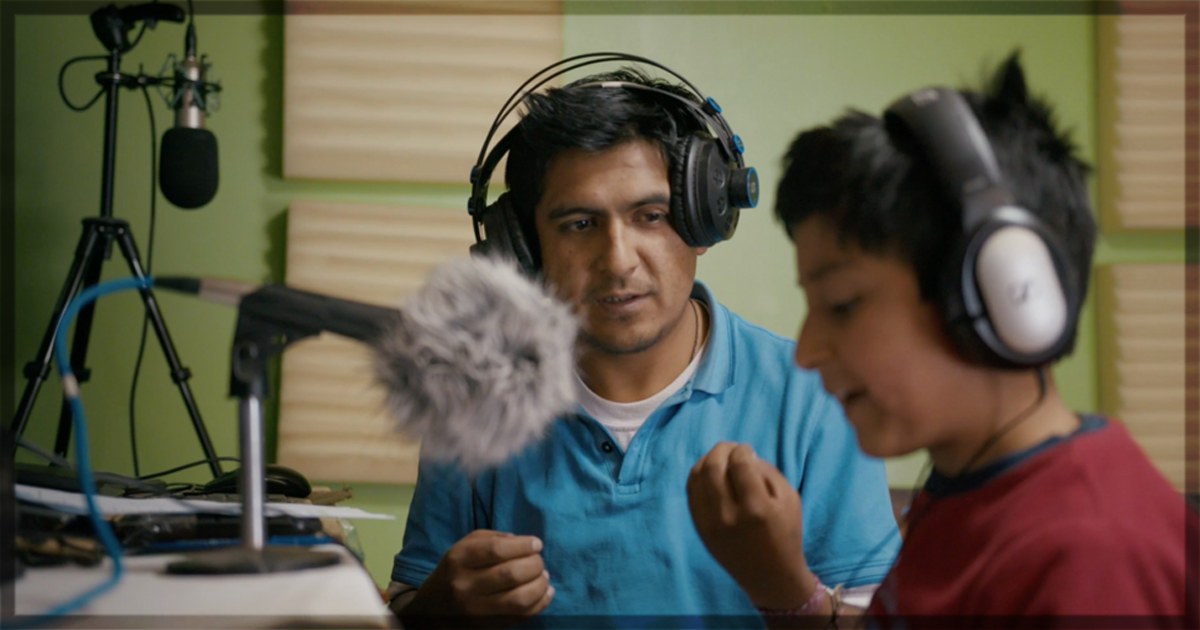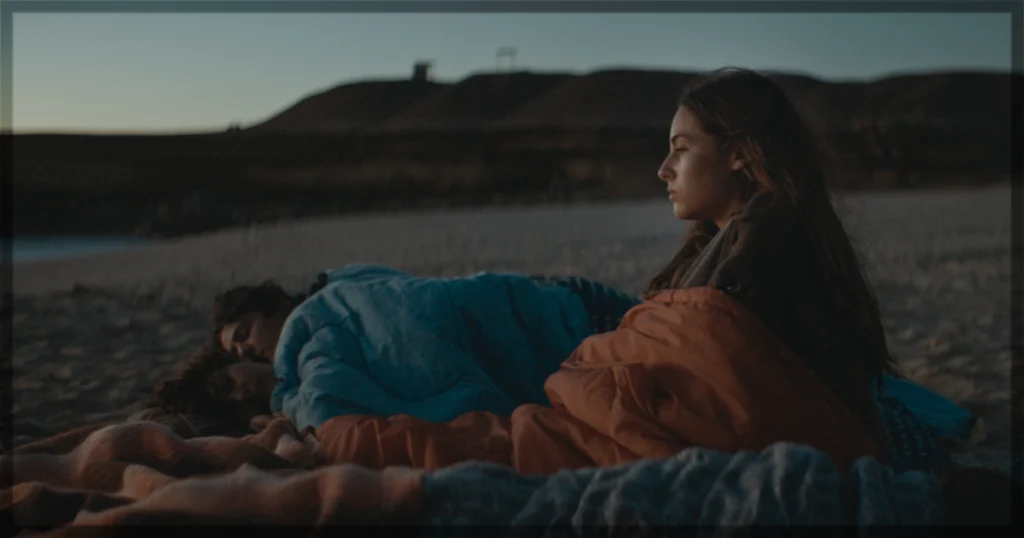The Peruvian director Augusto Zegarra presents his debut feature, Runa Simi, at the 2025 Tribeca Film Festival. The film narrates the story of Fernando Valencia, an indigenous man from Cusco, Peru. He has been passionate about voice work since he was a young child, inspired by Walt Disney animations that would enchant him with their dubbing. Valencia noticed that films would only have a Spanish dub in the country, while Peru has more than three million speakers of Quechua. It is an ancient language that was the primary language of the Inca empire. Although plenty of Peruvians speak it, film distributors do not provide an option for films in Quechua. In this sense, the journalist and animation lover decides to voice clips of classic films, such as The Lion King and Star Wars, and post them online. The documentary accompanies his attempt to get authorization from the Walt Disney Corporation and officially dub the animation by Roger Allens and Rob Minkoff in the Indigenous dialect.
Above all, the film is the story of a dreamer. Valencia glimpses the opportunity for animated movies and entertainment to become a tool for popularizing and keeping alive the Quechua language. Ultimately, the documentary is about the love for films as a transformative mechanism to teach and expand children’s imagination and linguistic skills. He believes so much in the purpose of animation that he raises his child, Dylan, in the studio, dubbing and learning from him. Therefore, we follow, for a few years, their journey in comprehending how they could legally make their version and the process of assembling a voice cast to dub it in Quechua.
The documentary structure is conventional and displays a chronological guideline of Valencia and his dream. Runa Simi is easy to connect with because of the passion that he transmits through his joy in sharing his work with others. The voice actor lectures in elementary schools about his work and the importance of learning the ancient language, which is crucial to saving it from disappearing. Hence, the film has blocks where the audience engages emotionally with his work, such as the casting of the voices for the Quechua version. Even during the hardships of the pandemic, he and the people interested in the project gathered in a theater to audition and test the best voices for it.
Consequently, it is a fascinating documentation of collective work by a pack of unprofessional voice actors committed to providing something that corporations do not care about their clients. In a conversation with a lawyer’s office in Lima, the man tells Valencia that studios do not care about Quechua dubbing. Thus, it becomes a moral duty for him and his crew to make it happen. This specific dialogue shines a light on how American companies enrich themselves from a determined market, in this case, South America, but do not care about providing accessibility for the almost fourteen million individuals who speak the indigenous language. Their money is crucial to the company, but not significant enough to justify dubbing in a language other than Spanish. It spotlights the importance of legislation in forcing foreign entertainment businesses to offer access and invest in the region. Unless lawmakers enforce that, it is not an option in the books.
Even though it has development flaws, such as a segment about Valencia’s journey that jumps to a future time and does not provide enough context to the viewer. It feels like there is an empty gap in the middle of Runa Simi. However, the conclusion showcases the dubbing process of The Lion King, and it is a beautiful segment of the documentary., it impresses for the passion of those involved in that work and what dubbing the project for Quechua means for them. The recording of Can You Feel The Love Tonight in Quechua demonstrates how translations re-interpret the original versions and still incorporate the beauty. It creates a beautiful and unique reinterpretation of the classic song by Elton John and Tim Rice. The melody follows the same lyrics but in Quechua, which should have had its version since the original release in 1994. The director concludes the film with an emotional documentation of the showing of the Quechua version for hundreds of children in a stadium. It is an emotional union of the power of cinema and languages to enchant people.
Ultimately, Runa Simi, which translates to “the language of people” in Quechua, showcases the potential of language to access the arts while motivating communities to speak an ancient and traditional language.
Runa Simi recently premiered at the Tribeca Film Festival.
Learn more about the film at the Tribeca site for the title.
You might also like…
‘Cuerpo Celeste’ Film Review: Nayra Ilic García’s Debut Feature is a Poetic Snapshot of post-Pinochet Chile


